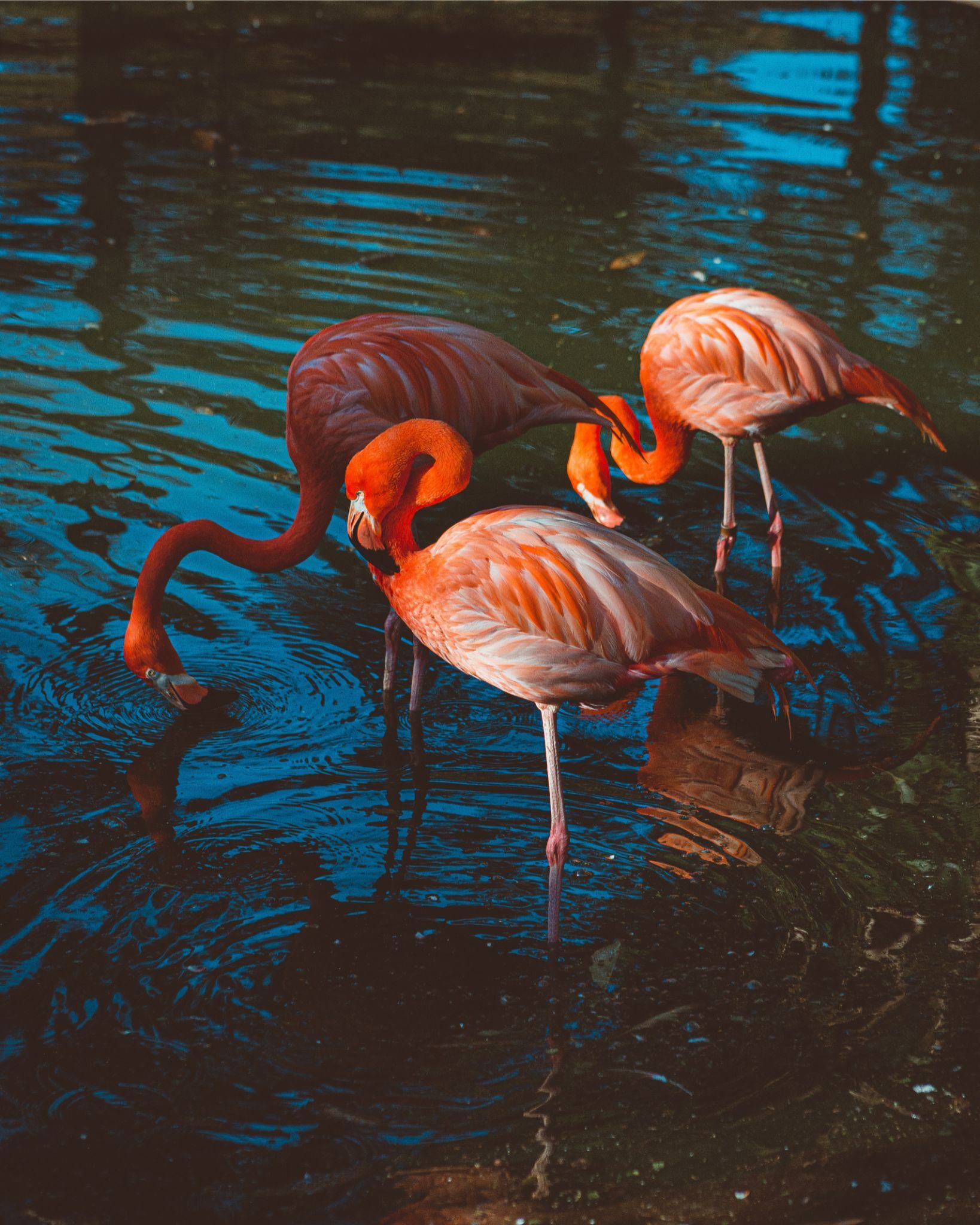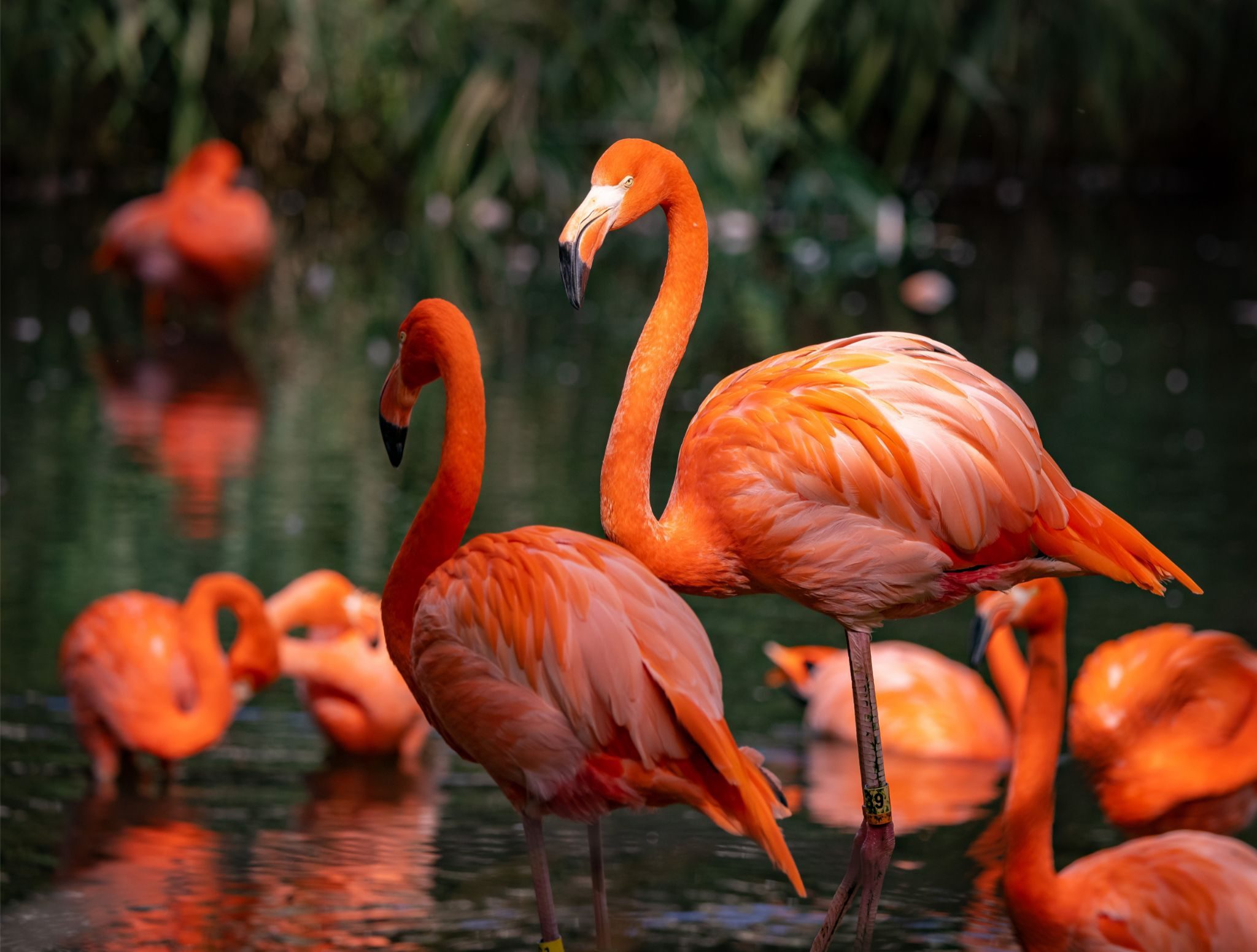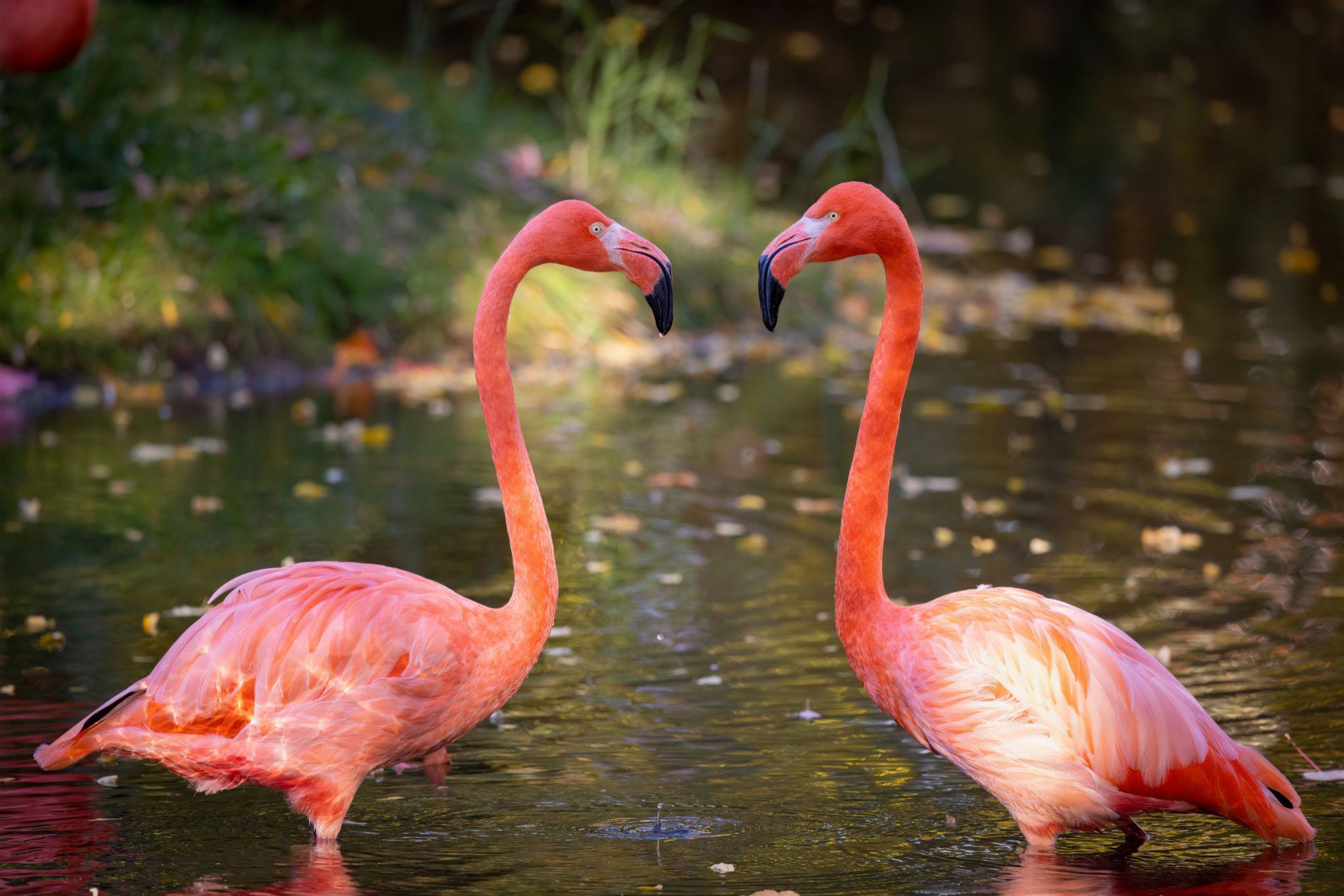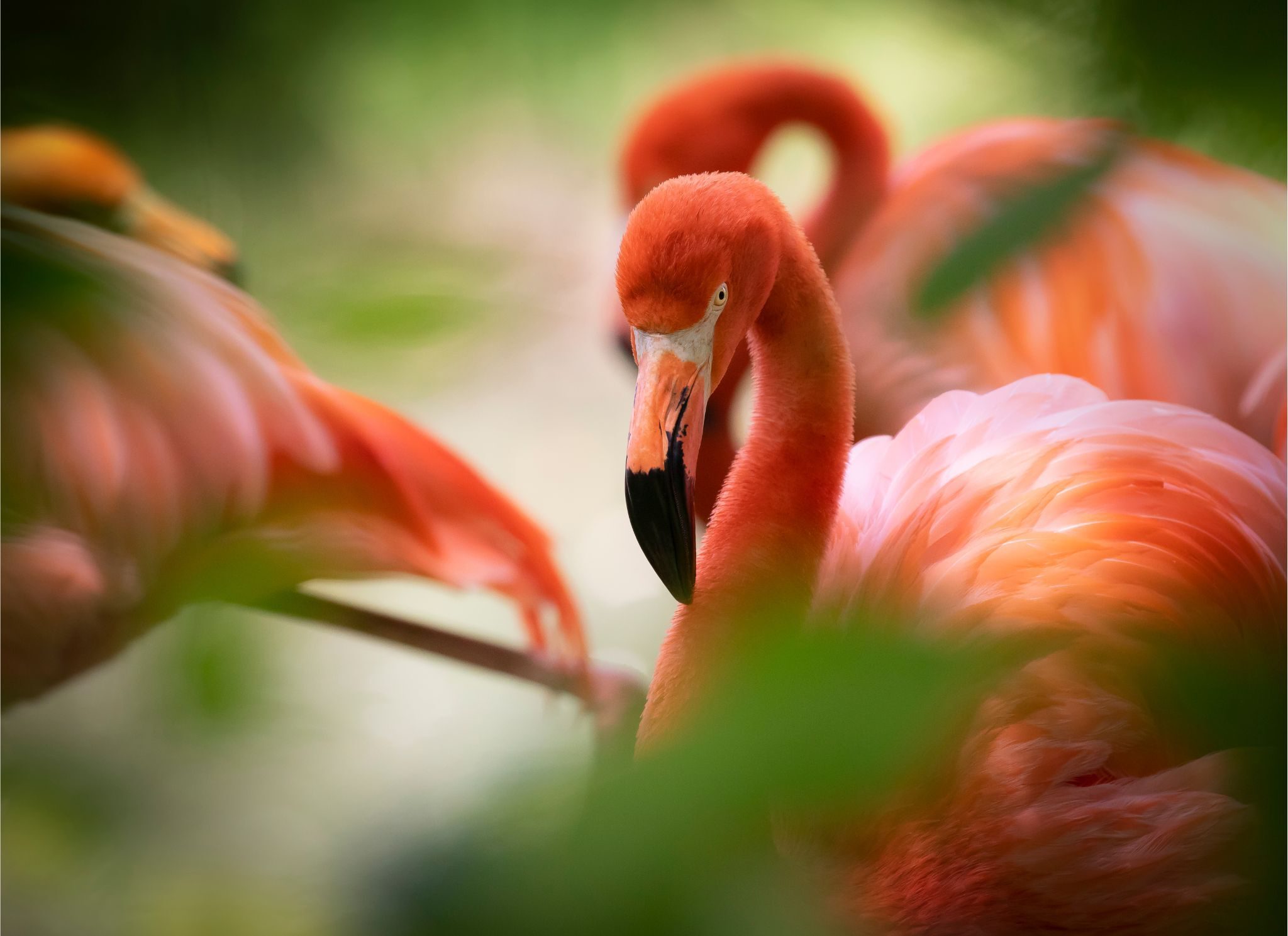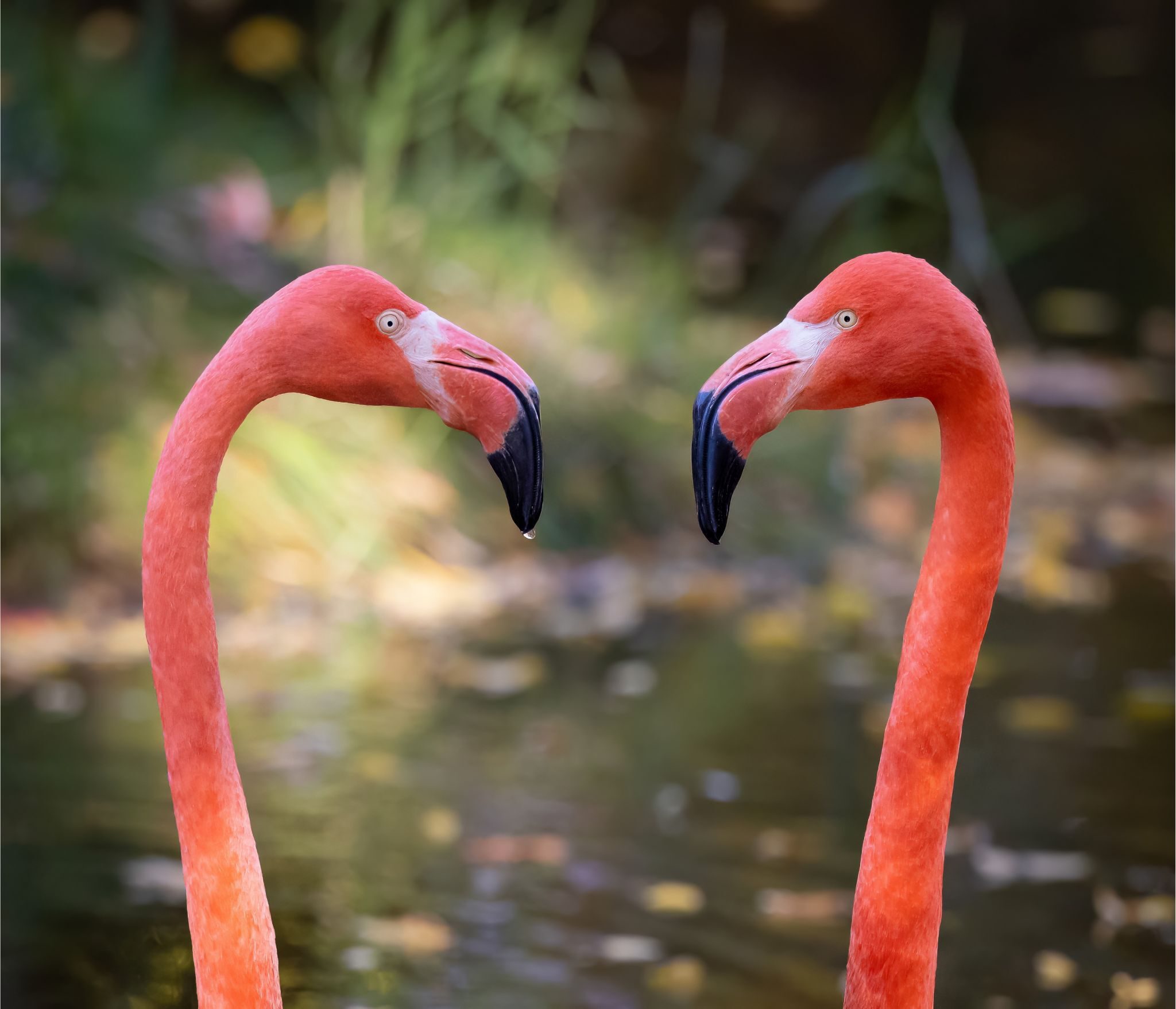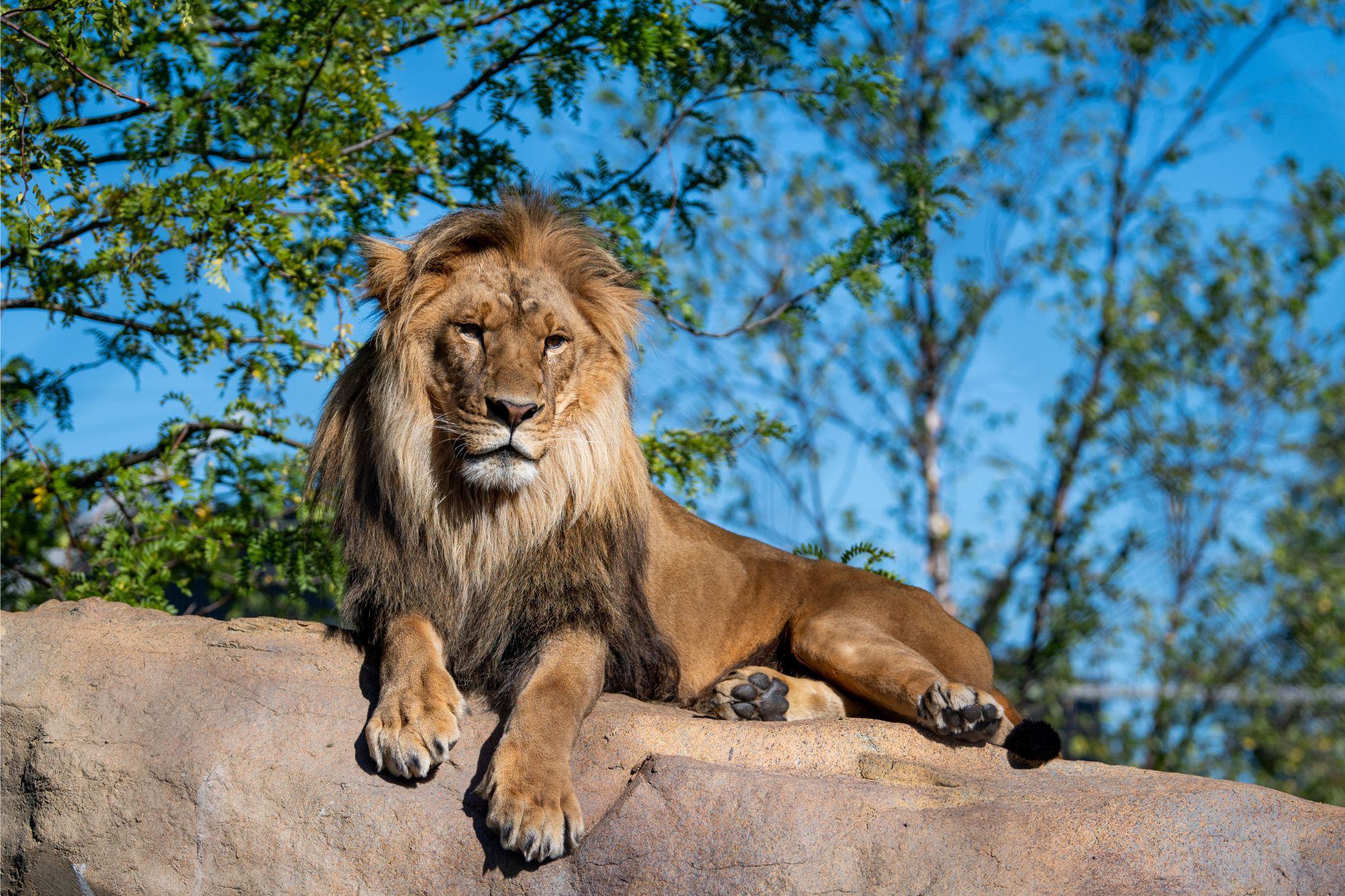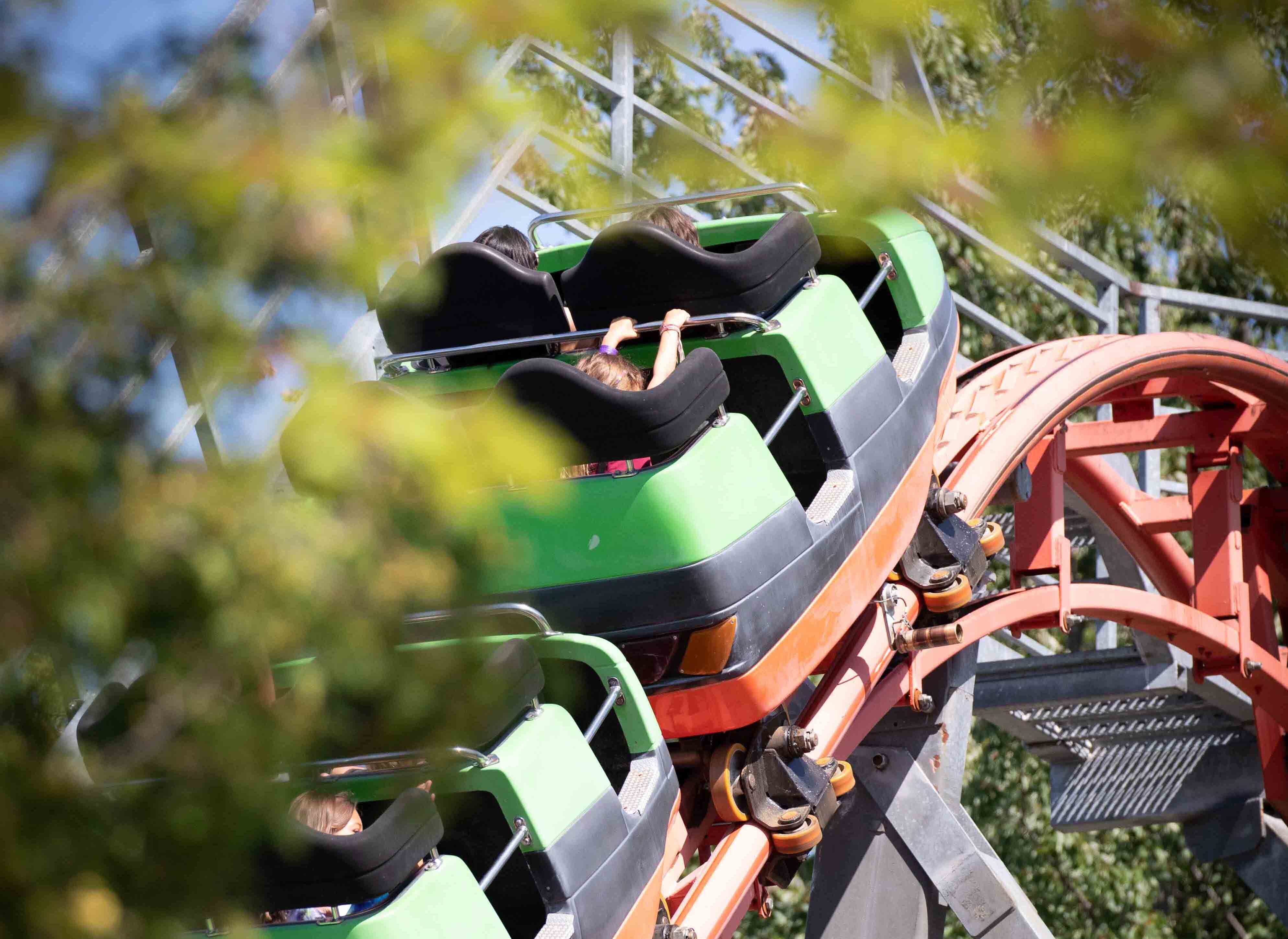
American Flamingo
American Flamingo
Distribution
The Caribbean sea coast
Diet
Carnivore
Habitat
Lagoons
Latin Name
Phoenicopterus ruber
IUCN conservation status
Characterized by their flamboyant pink plumage, flamingos get their colour from the food they eat.
Interesting informations

